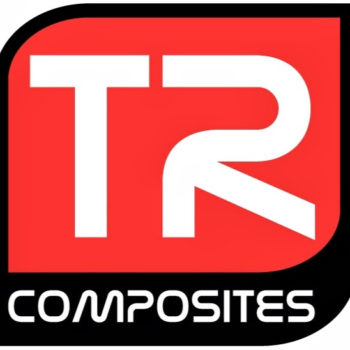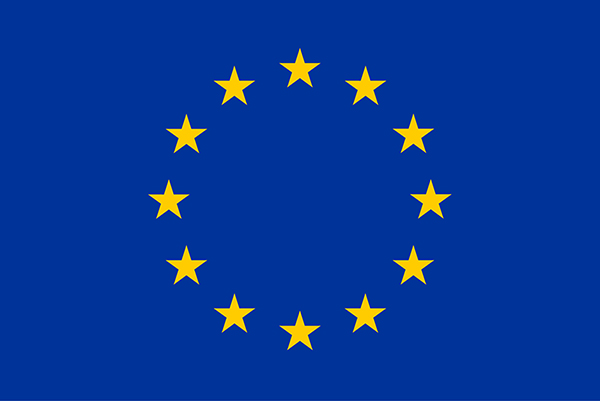SMARTERSHIELD
SMARTERSHIELD
Smart erosion shield for electro-mechanical de-icers
ABSTRACT
Ice accumulation on aircrafts’ wings generates severe problems in the vehicle performance mainly due to the combination of weight increase and lift reduction which in turn implies an increase on the energy consumption. This problem is faced nowadays by methods that vary from energetically evaporative anti-ice systems (prevention) to de-icing systems (corrective).
The use of evaporative anti-ice systems is hampered nowadays due to the design of new fuel-efficient engines that limit the available amount of bleed air. As a result, more electric aircrafts using large generators to replace bleed air as an energy source have been developed.
However, the amount of power that permits a full evaporative anti-icing electrically powered system is still out-of-availability of the current generators. In addition, in the green electric rotorcrafts no bleed air will be available, and therefore electric systems will have to be used. Therefore, spending research efforts in electrically efficient de-icing systems seems to be a good alternative.
As regards the known de-icing systems, they are mainly divided into electro-thermal (thermal-based de-icers) and electro-mechanical (deformations-based de-icers) systems While the electro-thermal systems present several disadvantages in terms power needs and secondary effects in the de-icing process among others, the electro-mechanical systems are very well valued for their low power needs (in fact that they are “single points” actuators) and more important, they are non-intrusive to flow. In order to develop more efficient electro-mechanical de-icing systems, innovative technologies and concepts have to be investigated.
Project Budget: 248’800 €
LEITAT Budget: 160’400 €
Financial Framework: FP7-JTI
Contract number: 325929
Start Date: 01/04/2013
End Date: 31/03/2015
Partners:


Contact Manager: G. Musterni

